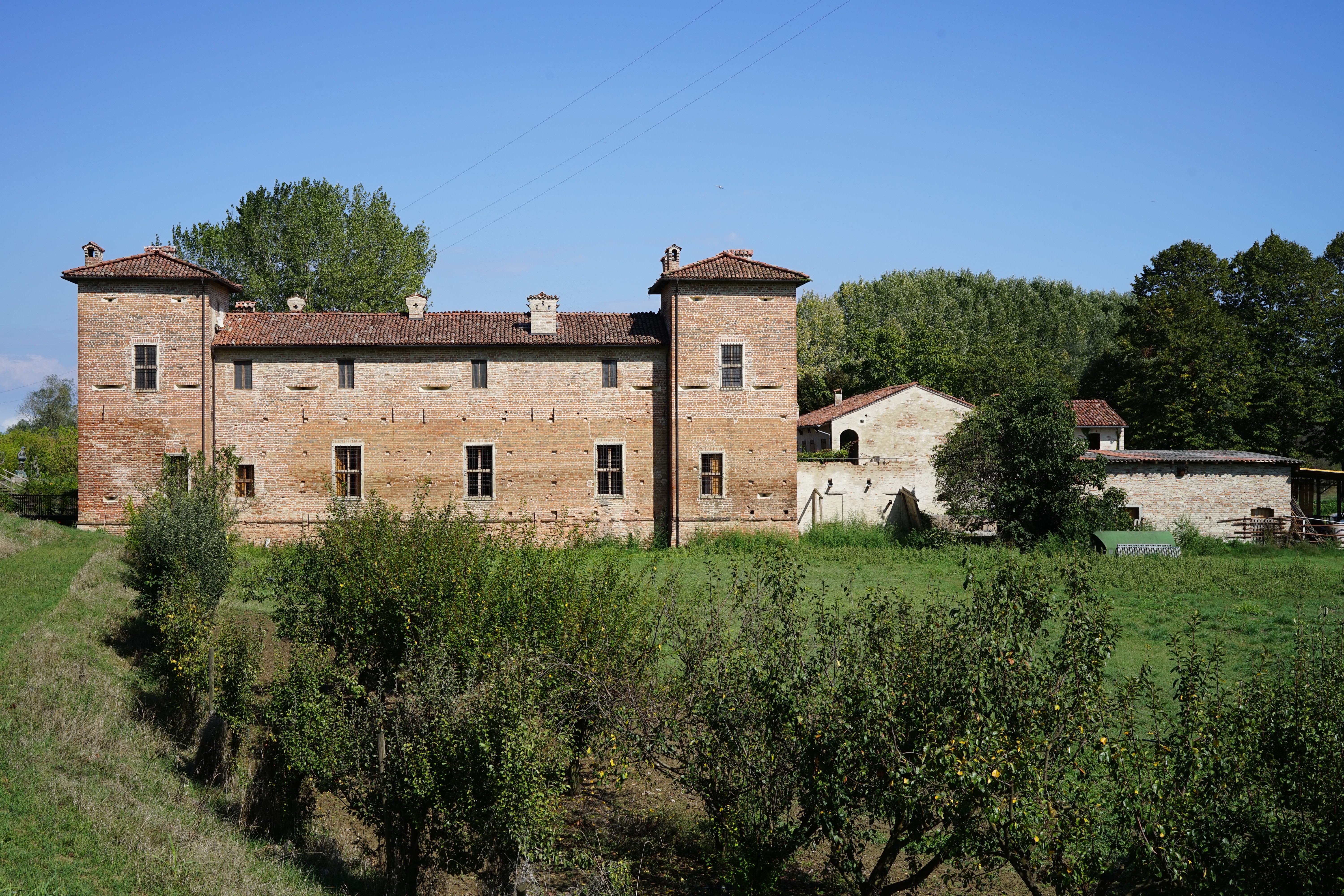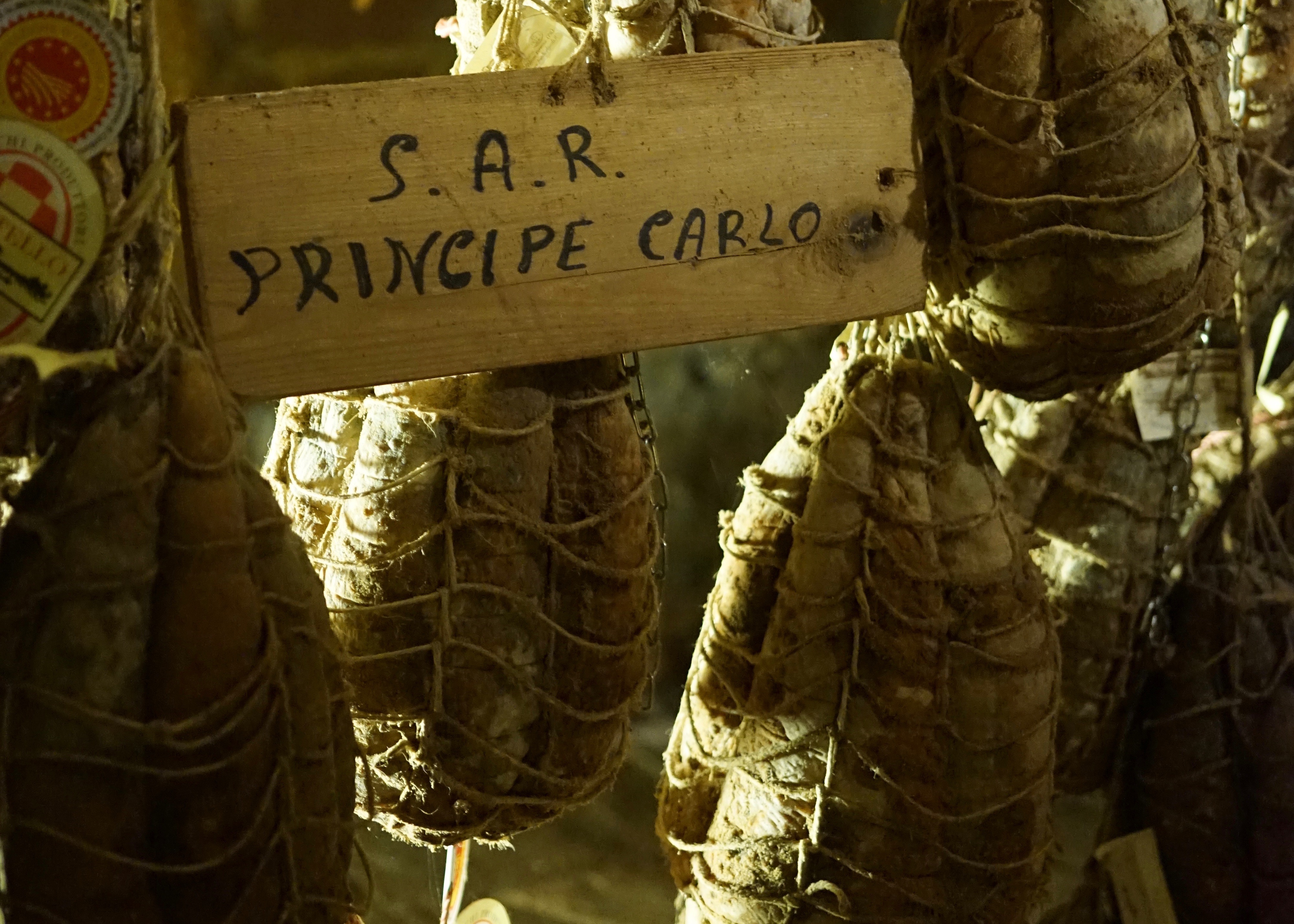If you’ve never tried it, now is the time. A slice of culatello, with its ruby red intense color and the sweet and fine aromas, will literally melt in your mouth bringing all the depth and complexity of this unique cured meat.
 One could call it the poshier but lesser known brother of Prosciutto di Parma (Parma Ham). To put things in perspective, Italy produces 8.7 million DOP certified Prosciuttos a year but just 75.000 DOP certified culatellos. And it’s been around for quite a while: centuries-old, it still follows the same recipe since the Middle Ages.
One could call it the poshier but lesser known brother of Prosciutto di Parma (Parma Ham). To put things in perspective, Italy produces 8.7 million DOP certified Prosciuttos a year but just 75.000 DOP certified culatellos. And it’s been around for quite a while: centuries-old, it still follows the same recipe since the Middle Ages.The name comes from the pig’s involved body section, the “culatta” or “fiocchetto” – a section of the rear hind which is deboned and deskinned. A producer needs to choose what to do with one hind. You either make a prosciutto or a culatello, you can’t do both.
This delicacy is only produced in the province of Parma, in a specific area that includes eight towns: Busseto, Polesine Parmense, Zibello, Soragna, Roccabianca, San Secondo, Sissa and Colorno. We are in the heart of the lower Padana plane, known for its misty winter fog. The fog, locals say, is responsible for culatello’s unique characteristics and flavors. It’s so dense that it blocks any fresh air currents passing through, protecting the winter aging of the culatello.

Its uniqueness and specificity to a single area isn’t the only reason making it the most expensive charcuterie of Italy. The production process plays a key role as well, since it has remained a very labor intensive and manual process. In addition, the disciplinary to obtain certification has a very strict set of rules: pigs must be of a specific breed and size as well as bred and farmed locally. As mentioned above the area of production is very small and the aging period is of at least 10 months. All steps from the meat sectioning to the curing, casing and tying are completely manual.

We recently visited the aging cellars of Massimo Spigaroli’s Antica Corte Pallavicina. A beautiful castle from 1300, featuring a Michelin starred restaurant, a typical osteria, beautiful rooms and one of the most stunning aging cellars you will ever see. Literally, tunnels after tunnels packed with hanging culatellos, filled with the perfume of perfect noble molds and the touch of a centuries-old tradition. Walking by you can notice the different clients that have reserved their culatellos, including Prince Charles! Massimo goes a step further that the DOP disciplinary, aging his culatellos – each piece is 4kg – for a minimum of 13 months. He adds no nitrates (unfortunately the disciplinary permits this) and picks specific traditional breeds of pigs raised free range. 

Make sure to try culatello on its own, perhaps with a slice of soft bread but nothing else. It’s fineness and purity deserves to be savoured as it is.